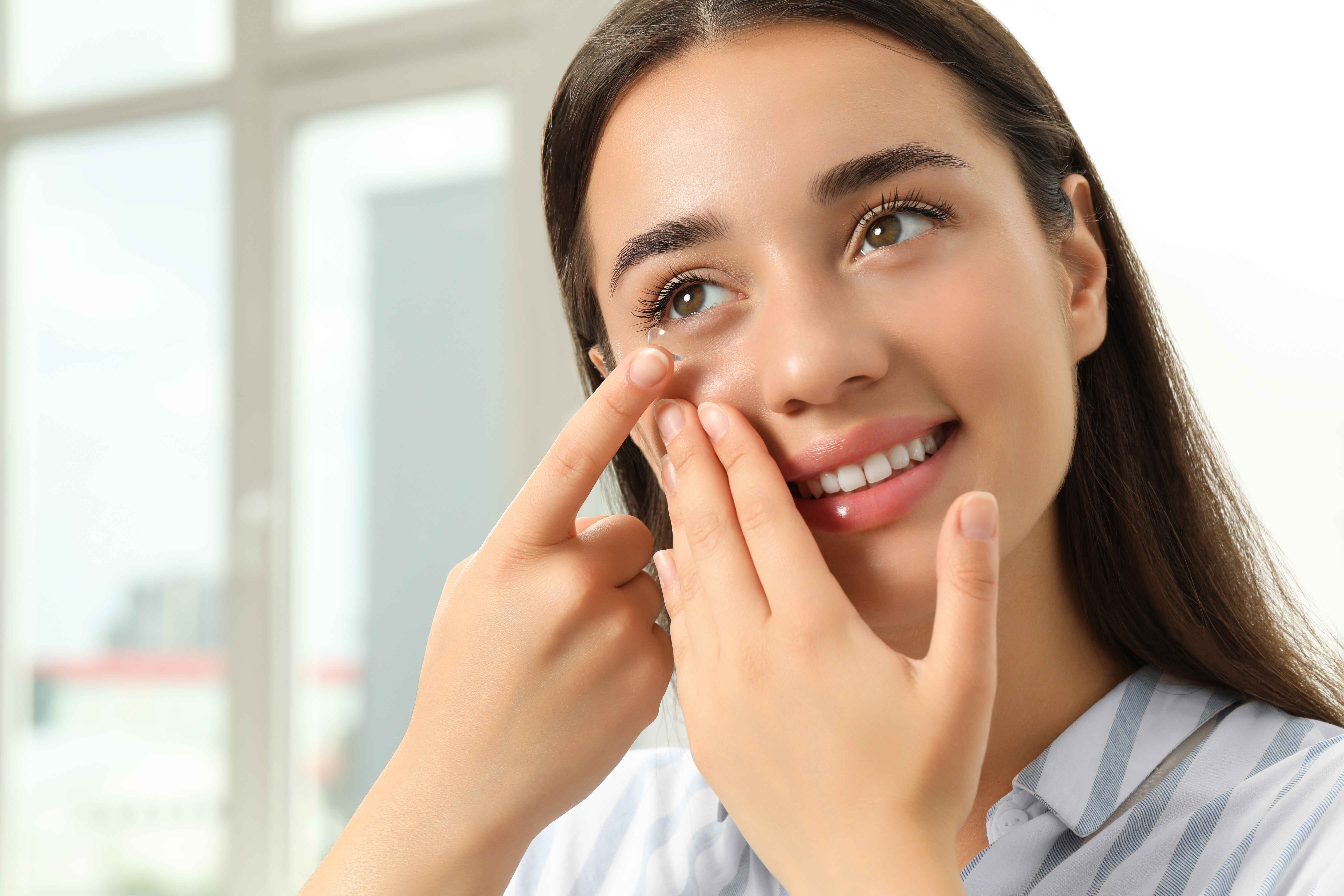Table of Contents
Student eye care is an important factor in their success in the classroom. When a child is experiencing vision problems, parents are naturally concerned about how to address the problem. Fortunately, teachers can be of great help to students and their parents.
How many children really need glasses?
More than 20% of school-aged kids need some sort of vision correction. Children also spend about 20% of their waking hours in school, so you can provide primary support to a child who requires corrective lenses (as well as their parents).
A student needs glasses, now what?
Your student’s parents will have concerns, but your reassurance and knowledge can be a great source of comfort and information. Listed below are some of the most common parental concerns:
- Can they afford glasses (or contact lenses)?
- How do they choose the best frames and lenses?
- Will their child be able to adapt to their vision correction?
- How do they keep their child from losing or breaking their glasses at school?
As you listen to their concerns, be sure to encourage that the student gets a comprehensive eye exam. It is critical for their prescription and to student eye care in general.
How can you help parents make an informed choice?
To educate parents and help them make a good decision for their student, be sure to mention a few considerations for glasses:
- When it comes to frame selection for young children, a molded nylon frame is the most flexible. This will help prevent breakage.
- For the lenses, polycarbonate is the most durable and is best for young children as well as those who play sports.
- Letting the student have an influence over the color and shape of the frames will go a long way towards compliance.
- If the glasses are not prescribed for full-time wear, the student should have a case they like. It should also be clearly labeled. Sometimes a chain or neoprene strap is helpful if the glasses are only for certain times or tasks.
Considerations for contact lenses
As students get older, they may have an interest in contact lenses. This requires more responsibility as they are technically medical devices that go on the surface of the eye. Parents can gauge whether a child is ready for contact lenses by how responsible they are in other areas of their lives, specifically hygiene.
Although contact lenses can help students who lose or break their glasses frequently, they come with the risk of infection. The most serious infection is a corneal ulcer, and sleeping in contact lenses greatly increases the risk.
Additionally, contact lenses are helpful to student athletes who find glasses cumbersome, but there are other factors to consider. For example, students who suffer from seasonal allergies may find them uncomfortable. Therefore, it is helpful to review the pros and cons regarding contact lenses for students.
A final important note: If a child’s nearsightedness is continually progressing, the FDA has recently approved a specific contact lens shown to slow the progression.
Vision Care Direct can help with student eye care
The affordability of eye care is a relevant concern for parents, but at Vision Care Direct of Oklahoma, we don’t believe that money should be the reason why students don’t get the vision care they need. With our pre-paid vision plans, parents can afford durable glasses (or contacts) for their student’s success. Our negotiated savings also offers comprehensive eye exams, enabling students to get their full eye health checked.
Learn more about how Vision Care Direct can become a resource for your students and their families.






















































